How many ounces in a cup? The answer is there are 8 ounces in a cup. Learn how to convert ounces to cups for common kitchen ingredients, and grab my free conversion chart.

How many ounces in a cup is a question essential in both cooking and baking within the US customary system of measurement. You should know 1 cup equals 8 ounces. That would be fluid ounces.
Learning how to convert ounces (oz) to cups (c) is important when you want to adjust a recipe. This helpful article is another within my cooking conversions series to help you navigate and scale up or down all recipes with ease.
Jump to:
Cups & Ounces Defined
Cups and ounces are units of measurement commonly used in cooking and baking within the US customary measuring system. Oddly, the US is often credited with using the imperial system, but Wikipedia says that is incorrect so I will usually refer to the US as having the US customary system.
A cup is a volume measurement equal to 8 fluid ounces or approximately 240 milliliters. It is often used to measure liquids such as water, milk, or oil. When using cups, it's important to note that this measurement refers to volume, specifically fluid ounces, which is a measure of how much space an ingredient takes up. For instance, 1 cup of water equals 8 fluid ounces because water has a consistent density.
Confusedly, an ounce is also a weight measurement, equal to about 28.35 grams. Note that when ounce is written without fluid it should be discussing weight but mistakes are made and sometimes someone will refer to a fluid ounce as just ounce so beware of this.
When referenced correctly, the dry ounce is used to measure dry ingredients like flour, sugar, or spices. So, when a recipe calls for 8 ounces of flour, it means 8 ounces by weight, not volume. This distinction between ounces (weight) and fluid ounces (volume) is crucial for accurate measurements in cooking and baking.
In summary, a cup equals 8 fluid ounces when measuring liquids, but when measuring dry ingredients, an ounce refers to weight. Understanding these differences is essential for following recipes accurately and achieving consistent results in the kitchen.
Fluid Oz in a Cup
1 cup = 8 ounces
Here are some examples of dry ounces converted to cups:
4 Ounce = ½ cup
8 Ounces = 1 cup
16 Ounces = 2 cup
24 Ounces = 4 cup
And cups converted to fluid ounces:
1 cup = 8 fluid ounces
¾ cup = 6 fluid ounces
½ cup = 4 fluid ounces
¼ cup = 2 fluid ounces
Checking for Metric
While the United States is said to use the imperial system, or more accurately the US customary system, the rest of the world uses the metric system. This means it is a good idea to check a recipe to see if the author is from the US or another country to know what units and tools the recipe requires. For instance, cup measurements differ between the United Kingdom and the US.
1 US cup = 8 fluid ounces = 250 ml whereas 1 UK cup = 240 ml.
📌Conversion Chart for Liquid Ingredients (Ounce to Cup to Milliliters)
Since fluid ounces are most commonly used within the US customary system, I have supplied a conversion chart between fluid ounces, cup and milliliters.
| ounces (fl oz) | cup (c) | milliliters (ml) |
|---|---|---|
| 2 fl oz | ¼ cup | 59 ml |
| 2 ⅔ fl oz | ⅓ cup | 79 ml |
| 4 fl oz | ½ cup | 118 ml |
| 5 ⅓ fl oz | ⅔ cup | 158 ml |
| 6 fl oz | ¾ cup | 177 ml |
| 8 fl oz | 1 cup | 237 ml |
| 12 fl oz | 1 ½ cup | 355 ml |
| 16 fl oz | 2 cups | 474 ml |
| 32 fl oz | 4 cups | 948 ml |
| 64 fl oz | 8 cups | 1896 ml |

📌Conversion Chart for Dry Ingredients (Ounce to Grams to Pounds)
Since dry ingredients are often measured in ounces, grams and pounds, I thought I'd provide a conversion chart to help you out.
| ounces (oz) | grams (g) | pounds (lb) |
|---|---|---|
| ½ ounce | 15 grams | 0.03 pounds |
| 1 ounce | 28 grams | 0.06 pounds |
| 2 ounces | 56 grams | 0.12 pounds |
| 3 ounces | 85 grams | 0.18 pounds |
| 4 ounces | 113 grams | 0.25 pounds |
| 5 ounces | 142 grams | 0.31 pounds |
| 8 ounces | 226 grams | 0.5 pounds |
| 10 ounces | 283 grams | 0.62 pounds |
| 12 ounces | 340 grams | 0.75 pounds |
| 15 ounces | 425 grams | 0.93 pounds |
Tools Needed to Measure Ounces & Cups
When measuring for ounces or cups, use the proper tools.
When a recipe refers to a liquid ingredient in ounces, it’s referring to fluid ounces and should be measured in a glass liquid measuring cup. When a dry ingredient is listed in ounces, it means it’s the weight measurement unit and you’ll need to use a digital kitchen scale.
To measure fluid ounces using the glass liquid measuring cup, be sure the ounce markings are clear. Pour in the liquid and eyeball that the liquid meets the proper ounce line, noting that the center dip of the meniscus hits the line on the glass.
To measure ounces using the scale, set a container on the scale and tap the button so the scale is set to zero with the container's weight zero-ed out. Then add the ingredient amount and note the measurement in ounces or grams.
To measure tablespoons, use metal measuring spoons for either dry or wet ingredients. Scoop the amount you need into the spoon or pour if it is a liquid. For dry ingredients, level off with the blunt side of a knife.
If you want to overfill a tablespoon, that is allowed if the recipe calls for it to be a "heaping" tablespoon.
📌Free Kitchen Measuring Conversion Chart
Download my free kitchen measuring conversion chart and either post it on your refrigerator, or laminate it and add it to your recipe notebook. It can be a handy reference when you want to convert measurements to adjust a recipe, both imperial or metric.
FAQS
A cup of orange juice has about 8 ounces (oz) per cup.
Shredded cheese in a cup is equal to about 4 ounces.
There are eight ounces in a cup of cooked white rice.
½ cup is equal to 4 ounces.
More Cooking Conversions
If you found this basic kitchen measurement post helpful, you might also like some of my other cooking conversion posts including how many tablespoons in ¼ cup , the conversion of 250 grams to cups, how many teaspoons in a tablespoon and more.
Also, if you visit any other articles or recipes on my website, please leave a 🌟🌟🌟🌟🌟 review on a recipe or a 📝 comment here if you have thoughts or questions.


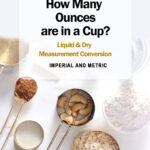
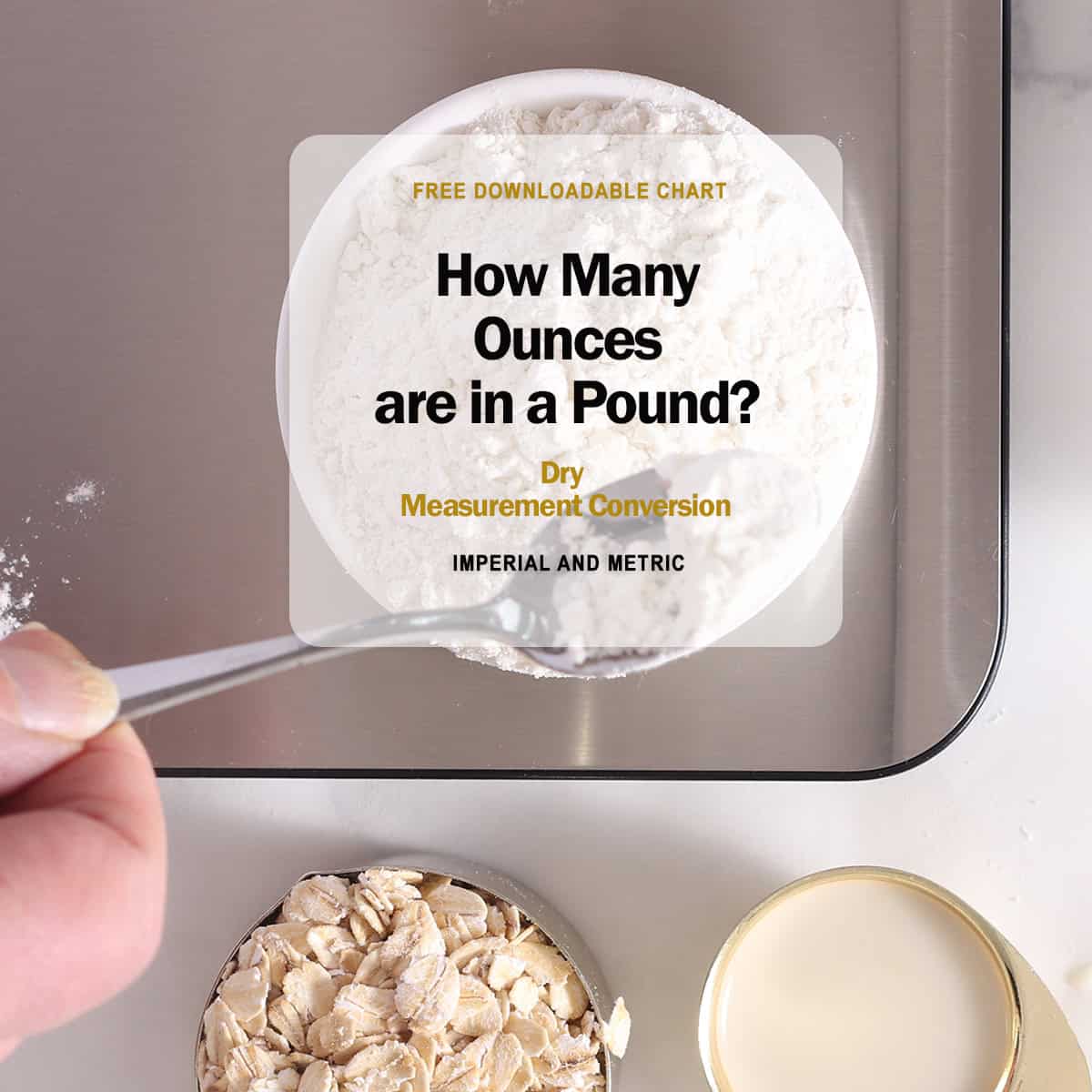
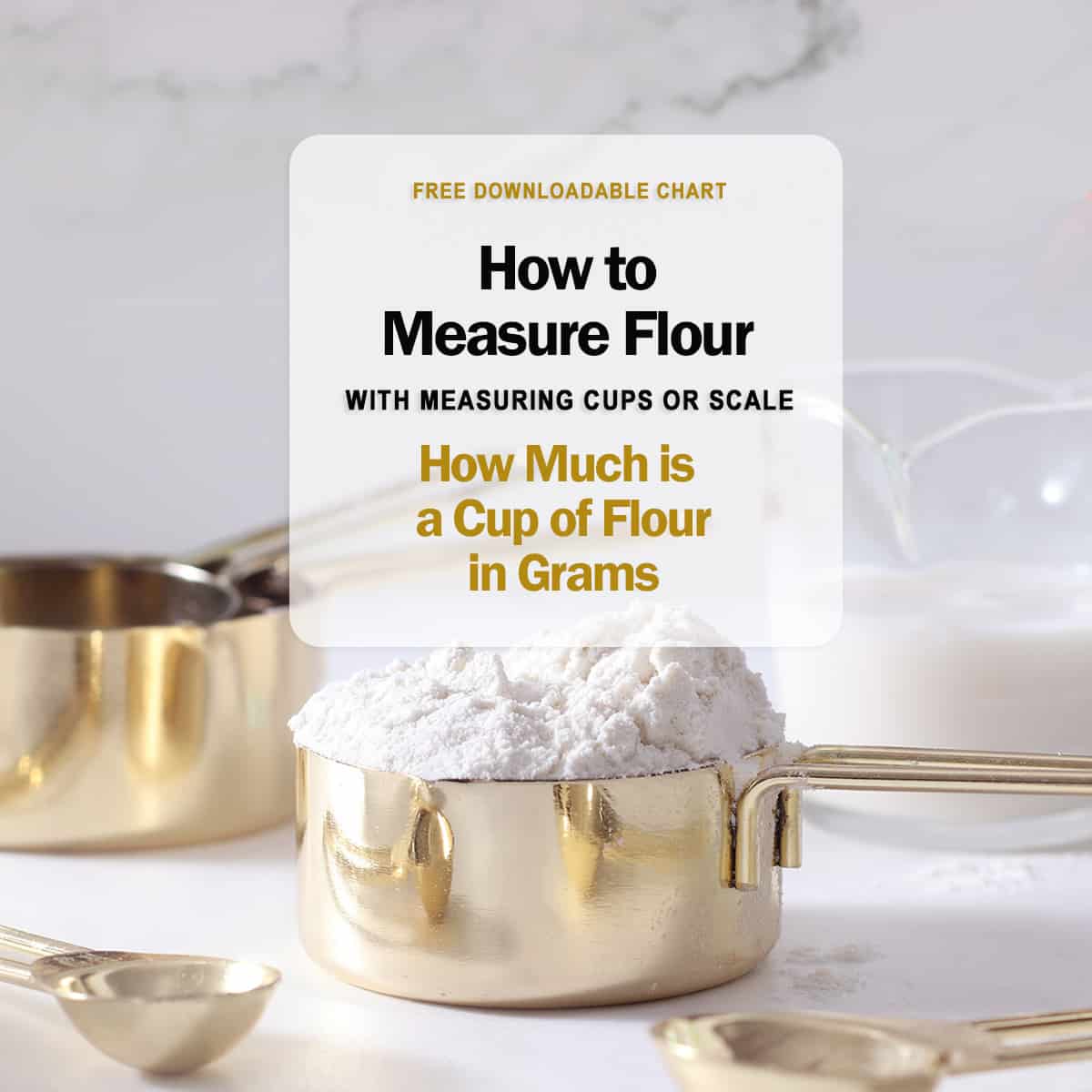
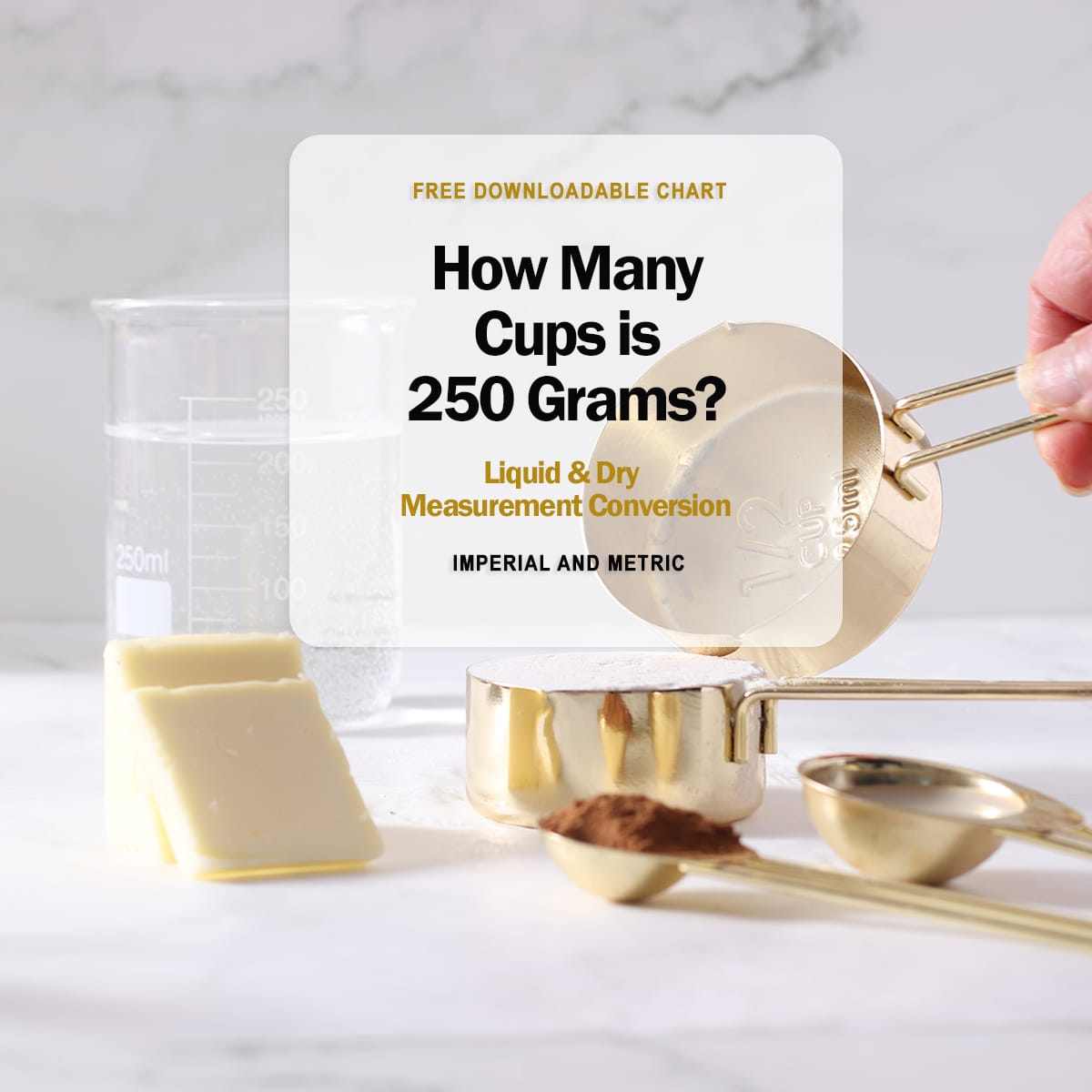
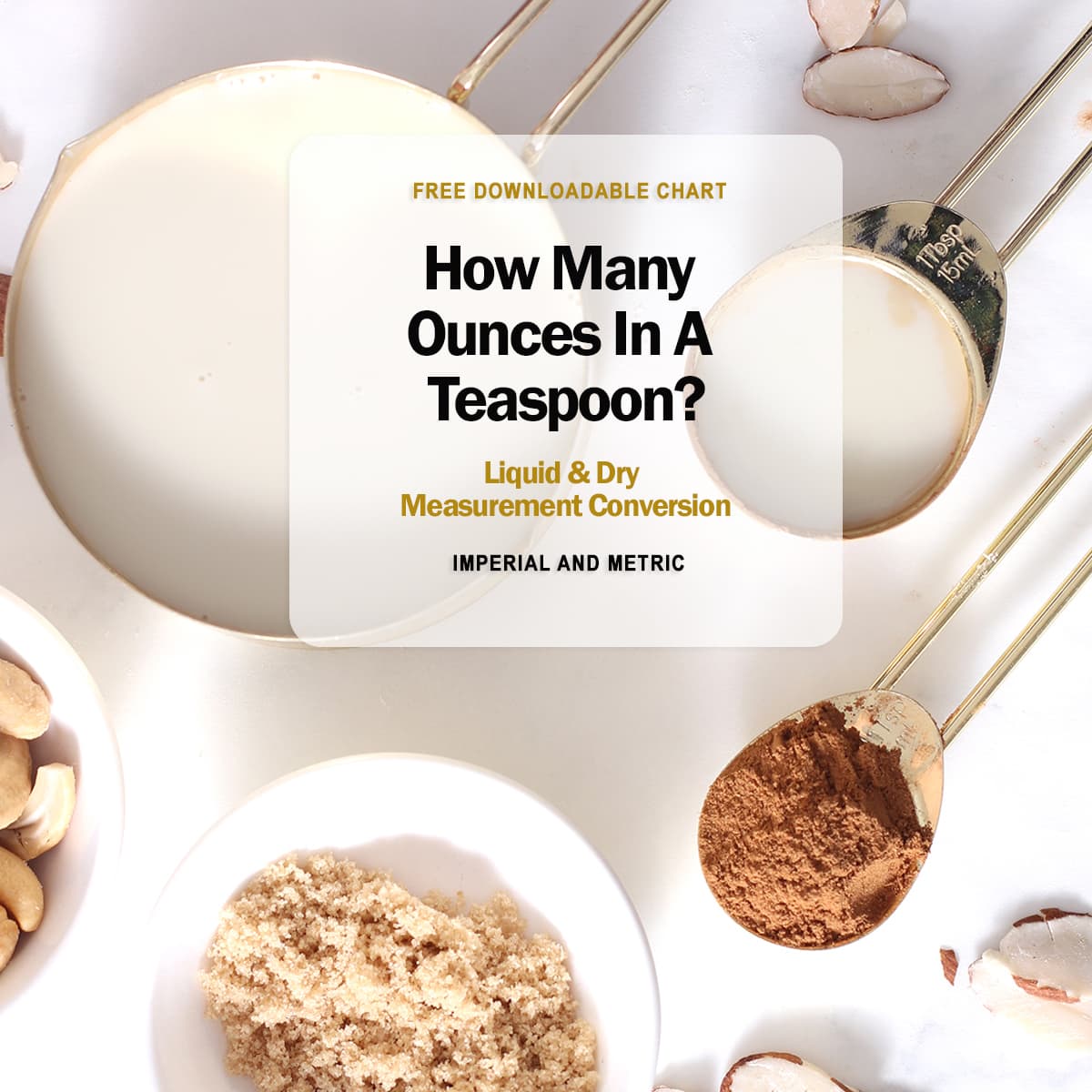
Leave a Reply